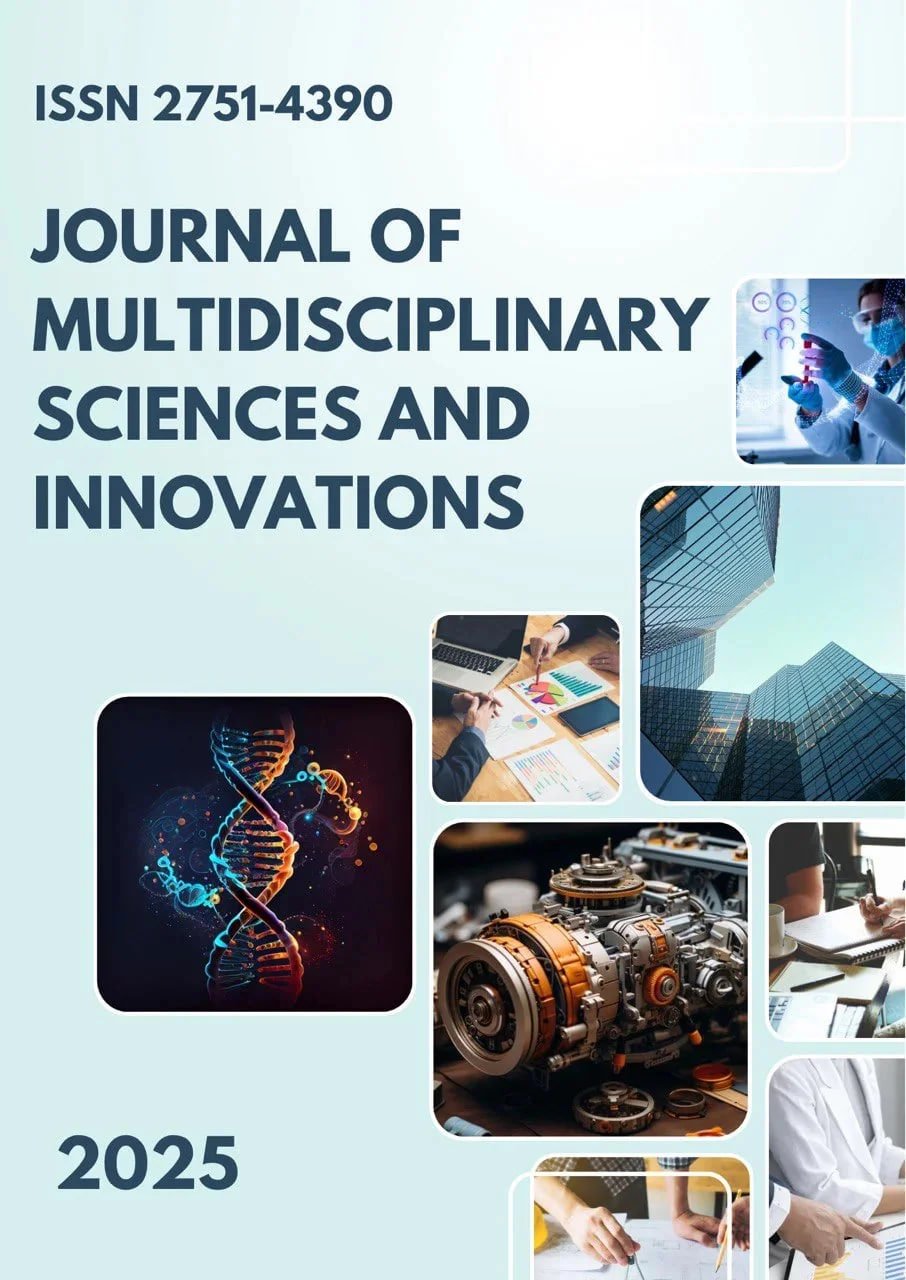DISINFORMATION IN THE DIGITAL AGE: CHALLENGES AND SOLUTIONS IN PROFESSIONAL JOURNALISM
Main Article Content
Abstract
This article provides a scientific analysis of the threat of disinformation in the digital information space and its impact on professional journalism. The spread of fake news through social networks and artificial intelligence-based technologies, the mechanisms of this process and the negative consequences it brings to journalism are highlighted. The experience of international organizations such as the European Union, UNESCO, OSCE, RSF, and practical solutions of large media outlets justify the need for fact-checking, media literacy, and legal regulation.
Downloads
Article Details
Section

This work is licensed under a Creative Commons Attribution 4.0 International License.
Authors retain the copyright of their manuscripts, and all Open Access articles are disseminated under the terms of the Creative Commons Attribution License 4.0 (CC-BY), which licenses unrestricted use, distribution, and reproduction in any medium, provided that the original work is appropriately cited. The use of general descriptive names, trade names, trademarks, and so forth in this publication, even if not specifically identified, does not imply that these names are not protected by the relevant laws and regulations.
How to Cite
References
1. UNESCO. "Global Report on Freedom of Expression and Media Development", 2024 yil.
2. OSCE. "The Impact of Disinformation on Media Freedom", 2023 yil.
3. Reuters Institute. "Journalism, Media and Technology Trends and Predictions 2024".
4. International Fact-Checking Network (IFCN). Hisobotlar va ko‘rsatmalar, 2024 yil.
5. Poynter Institute. "Fighting Fake News: Global Case Studies", 2023 yil.
6. Internal reports from The Guardian, BBC, and CNN editorial teams on managing disinformation.

